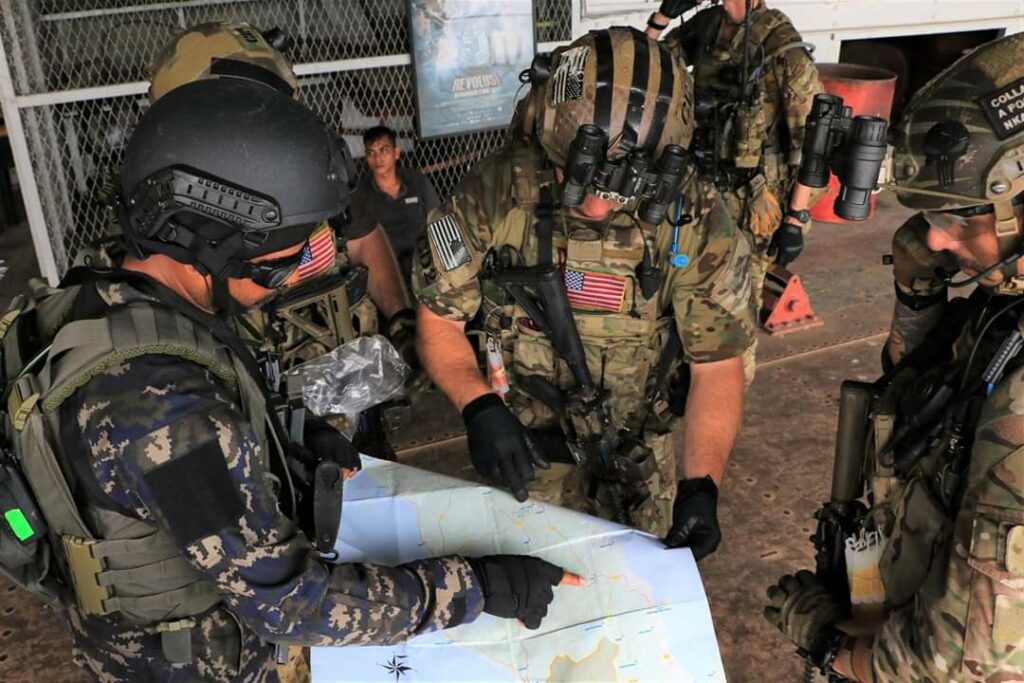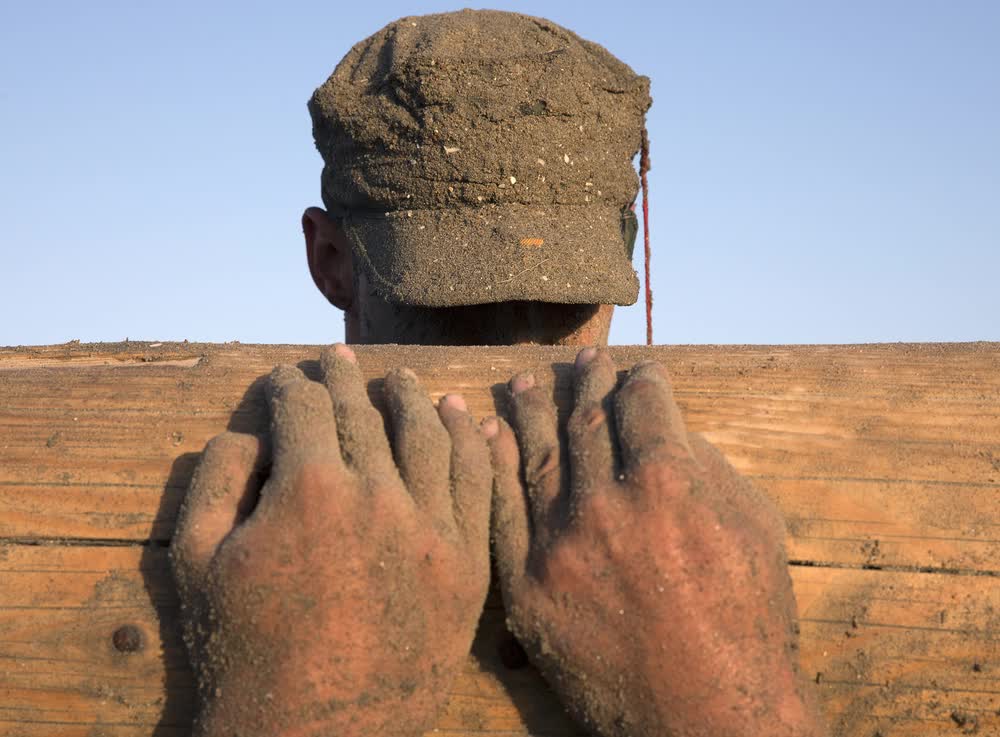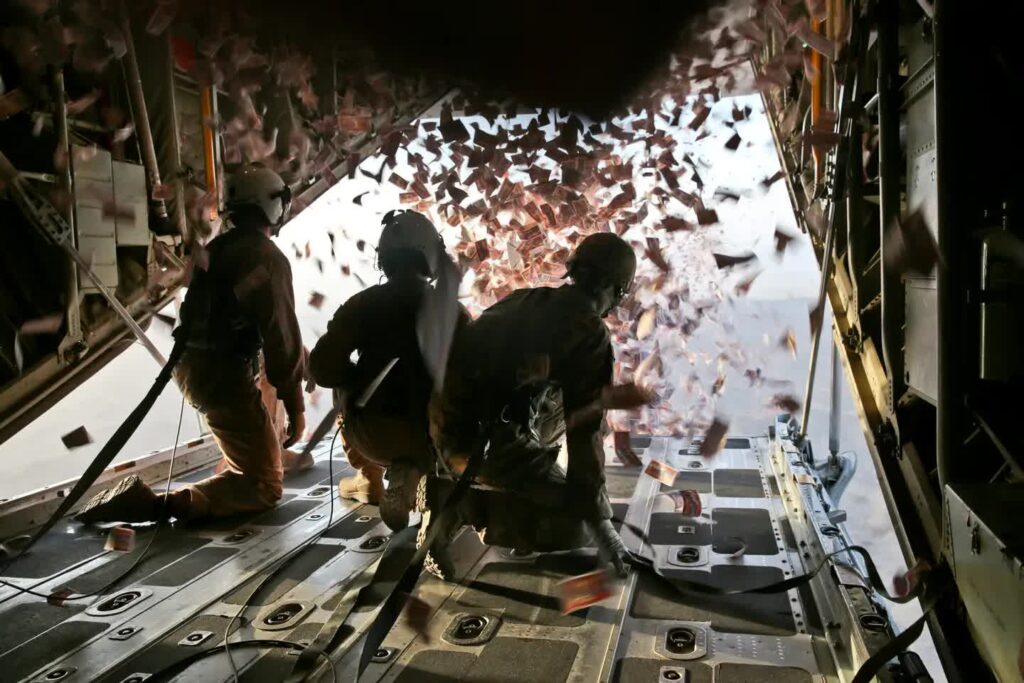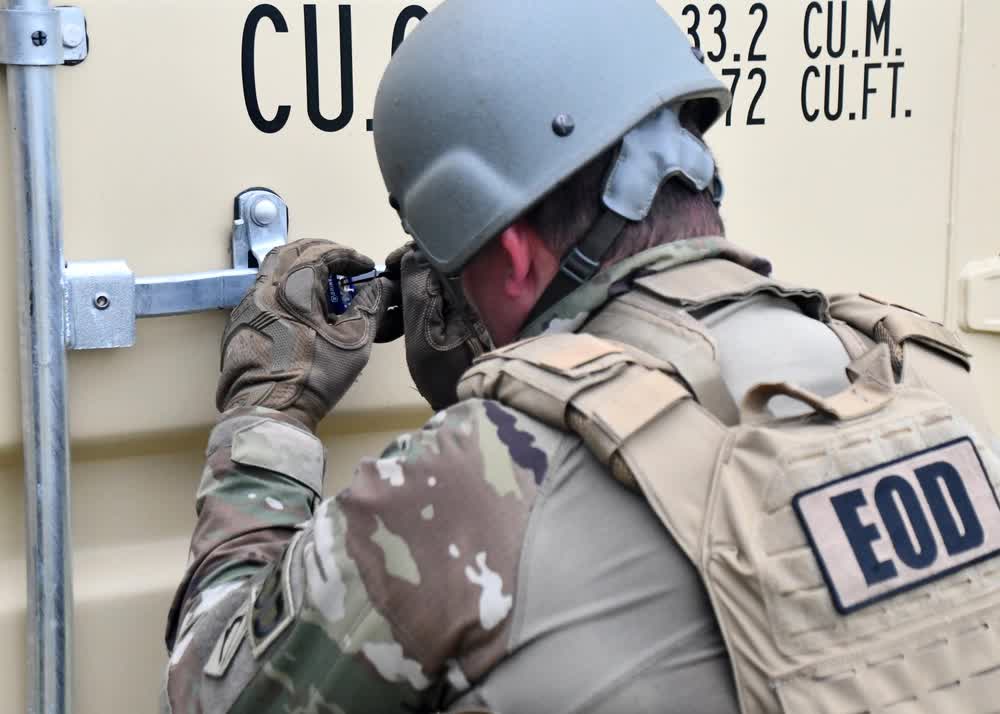Earlier in January, US special operators spent three weeks in a small Asian nation training with the local commandos.
American commandos from the US Special Operations Command Pacific visited the Maldives. Training primarily focused on medical procedures, such as Tactical Casualty Combat Care (TCCC), casualty evacuation, and medical evaluation mission profiles.
The Republic of Maldives is small island nation approximately 450 miles southwest of India.
“We share a strong and growing defense partnership with the Maldives,” said Brigadier General Rudd in a press release. “A free and open Indo-Pacific depends on capable networks of allies and partners.”
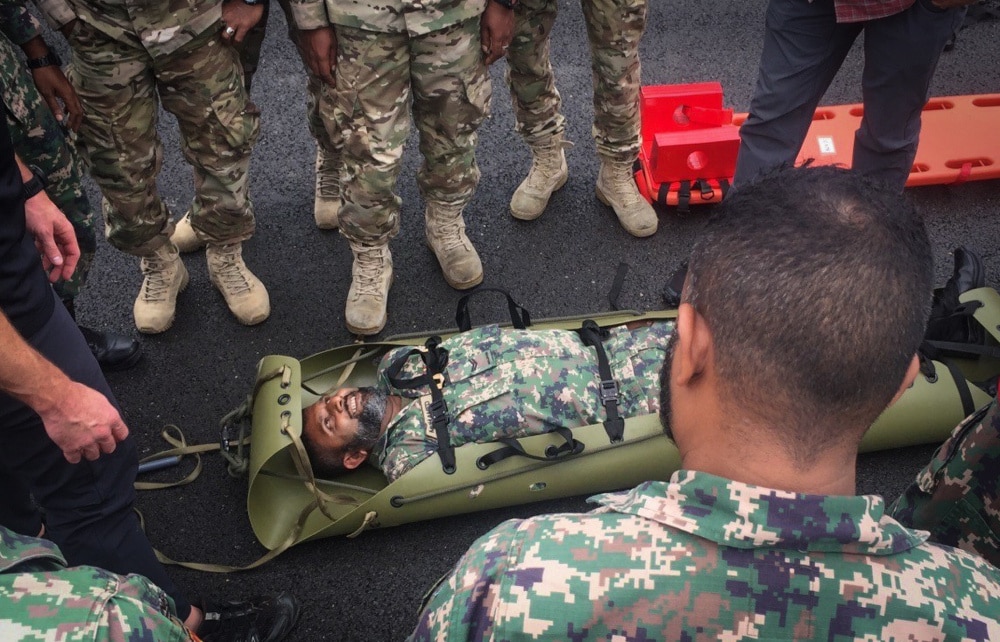
In September, the Department of Defense had signed a pact with its Maldivian counterpart titled “Framework for U.S. Department of Defense-Maldives Ministry of Defence Defense and Security Relationship.”
According to the Pentagon, “the Framework sets forth both countries’ intent to deepen engagement and cooperation in support of maintaining peace and security in the Indian Ocean, and marks an important step forward in the defense partnership.”
Maldives is just one of the nations in the region that the US wants to improve or deepen its relations with. Sri Lanka, Bangladesh, and India have also been on the Department of State and the Pentagon’s “crosshairs,” with the ultimate aim of fostering a united front against China’s pugnacious foreign policy in the region.
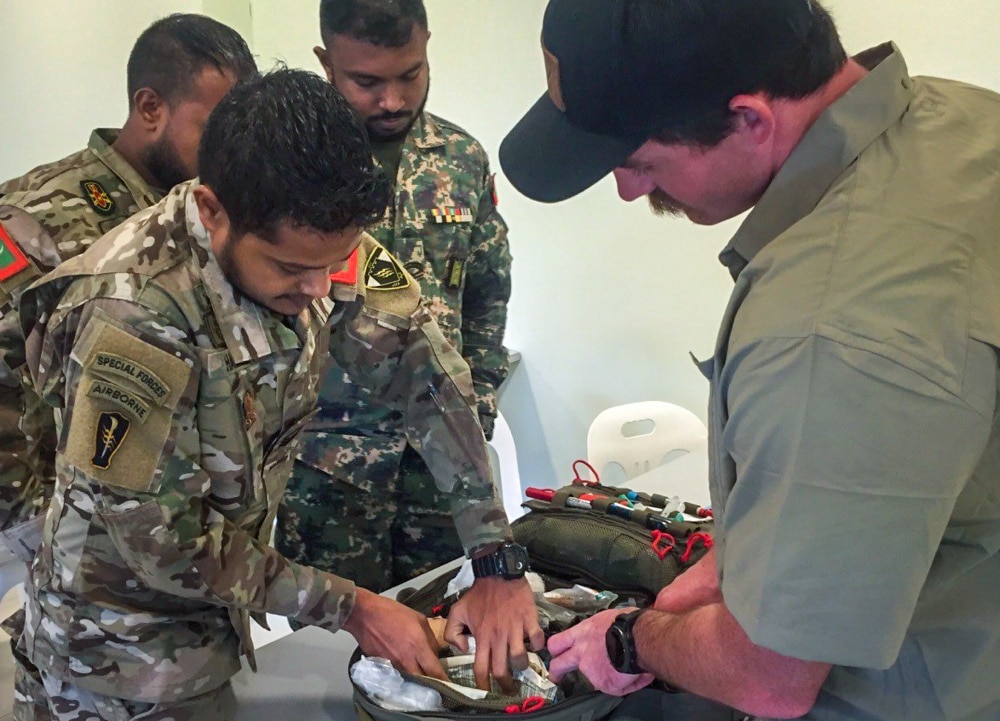
In some of the released pictures it’s interesting to see that some Maldivian commandos are sporting the US “Airborne” and “Special Forces” tabs, which are respectively awarded upon completion of the Army’s Airborne School and the Army’s Special Forces Qualification Course (SFQC).
The fact that the Maldivian commandos wear these implies that some sort of exchange programs between the two countries have been in existence despite the lack of a comprehensive defense and security relationship. Foreign students are a common sight in SFQC, and they undergo almost the same training as their American classmates.
Due to the geopolitical importance behind the exercises, there were several celebrities present, including the U.S. Ambassador to the Maldives Alaina Teplitz, the U.S. Undersecretary of Defense for Policy Anthony Tata, the U.S. Deputy Assistant Secretary of Defense for South and Southeast Asia Reed Werner, the U.S. Defense Security Cooperation Agency Director Heidi Grant, and the Special Operations Command Pacific (SOCPAC) Commander Brigadier General Josh Rudd. From the Maldivian side, the Maldivian Minister of Defence Mariya Ahmed Didi and Maldivian Chief of Defense Major General Abdullah Shamaal were present.
The Maldives gained their independence from Great Britain in 1965. The following decades, however, were rife with political instability, with three coup attempts by various groups. Neighboring India ensured that the elected Maldivian government was always reinstated.
In 2004, a catastrophic tsunami devasted the small island nation, which lost more than 60 percent of its gross domestic product in damages overnight.
